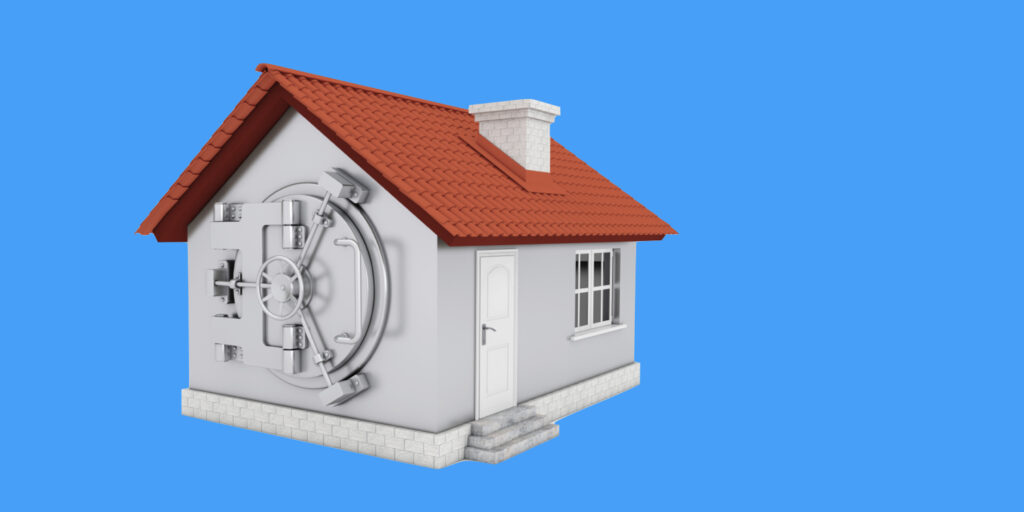Despite holding trillions of dollars in home equity, U.S. homeowners are struggling to tap into it according to a report published by Point, an alternative equity release company.
“Point’s newest analysis shows an alarming trend—many U.S. homeowners don’t have a clear path to accessing their home equity. Riding the wave of rising real estate values, homeowners in the U.S. are sitting on near-record-high levels of home equity”, says the report.
Homeowners have been paying down existing home equity loan balances, dropping 48% from its peak in 2009. However, those wishing to tap into their equity find themselves facing significant headwinds. One is tightening credit standards from banks and lenders reducing the number of qualified applicants. In addition to stricter lending guidelines, a steady series of interest rate hikes by the Federal Reserve made home equity loans less attractive for potential borrowers.
Point’s publication notes that a homeowner who purchased their home in the summer of 2020 for $310,000 would likely see their home’s value climb to…
[read more]
$435,000. That leaves over $200,000 of equity which just so happens to be the average amount of home equity held by homeowners today according to an August report from Black Knight.. However, if they were able to qualify for a $50,000 cash-out refinance loan their monthly mortgage payment would more than double as would their monthly payments. Who after all would want to refinance a 30-year fixed rate mortgage into a new rate of eight percent?!
This leaves home equity exposed to ride out the real estate market’s trajectory, which many industry pundits are increasingly calling uncertain. “On paper, it’s a great time to own a home and grow net worth, but it’s like having a debit card and never being given a PIN”, writes Amanda Woolley in the report. Not having a means to tap that equity is one thing but to see a portion of that equity disappear is quite another- a particular risk for homeowners in metros that saw the biggest gains in home values.
HELOCs or Home Equity Line of Credit applications surged throughout 2022. However, lenders have become increasingly wary of the loans. HELOCs are relatively risky for banks because the credit line serves as a “second lien” that’s paid off after primary mortgage obligations, according to Bloomberg. Consequently, some banks have ceased offering the loan. Chase Bank’s HELOC FAQs notes “While Chase is not offering new Home Equity Lines of Credit, here are answers to commonly asked HELOC questions”. However, Chase does continue to offer cash-out refis which don’t have the risk of being a subordinate or second lien.
“So, what other options exist for today’s equity-rich homeowners outside of costly cash-out refinances?”, the report asks. “Reverse mortgages are an option for homeowners who meet the Federal Housing Administration (FHA) standards set out in the Home Equity Conversion Mortgage (HECM) program”.
Qualified borrowers may find the key to unlock their accumulated home equity using a reverse mortgage. And unlike HELOCs, the credit line cannot be reduced or frozen when market conditions change. The challenge for originators is to sift through the homeowners whose high mortgage balance, credit history, or financial capacity prevent them from qualifying for a reverse mortgage. The key in these challenging market conditions will be increasing sales activities to generate a larger pool of potential borrowers to offset lower conversion ratios.
Resources:
Letter to the Federal Reserve Chairman and Board of Governors
Housing Groups Tell Fed to Stop Raising Interest Rates
HECMWorld: Why the Fed is Breaking the U.S. Housing Market
[/read]







No comment yet, add your voice below!